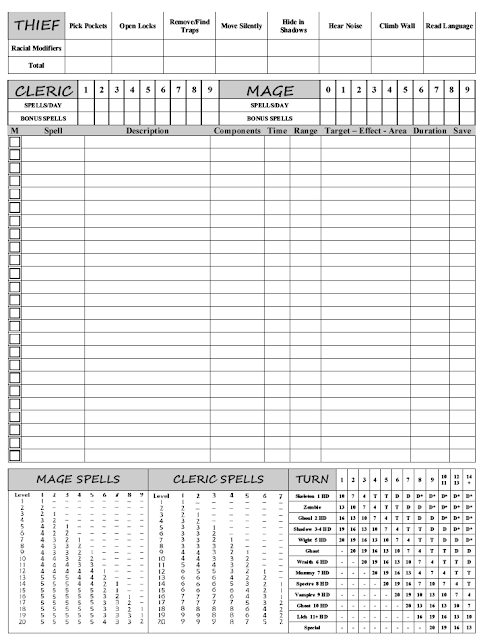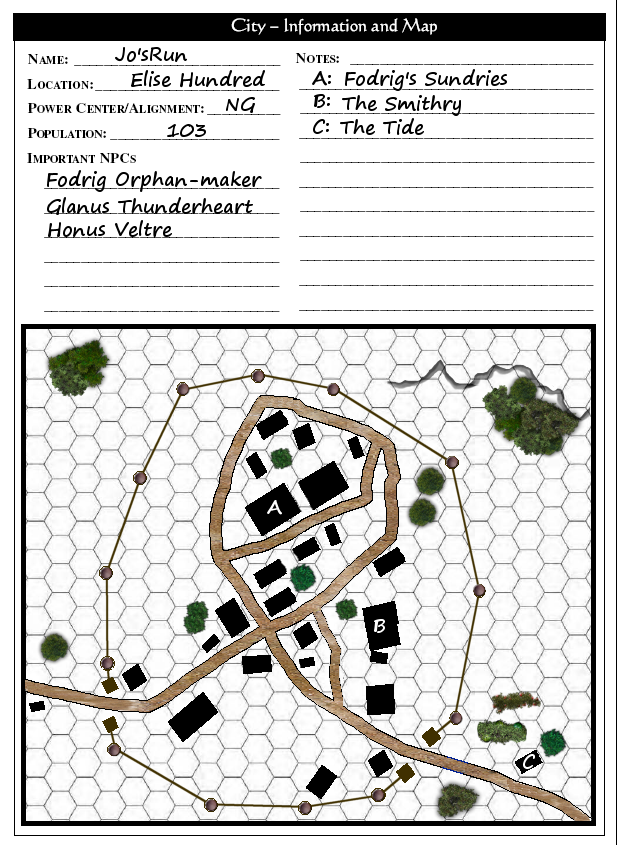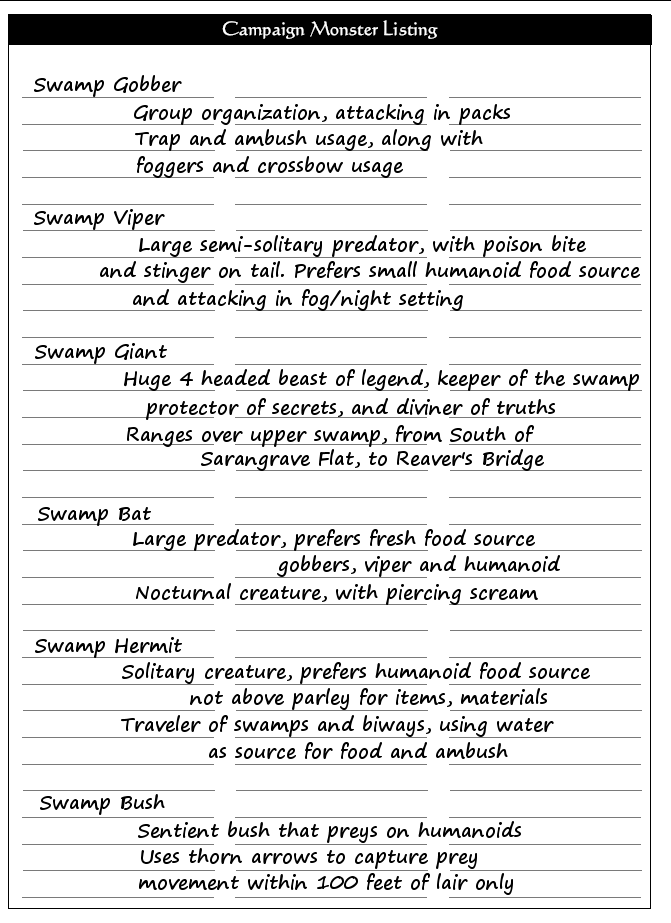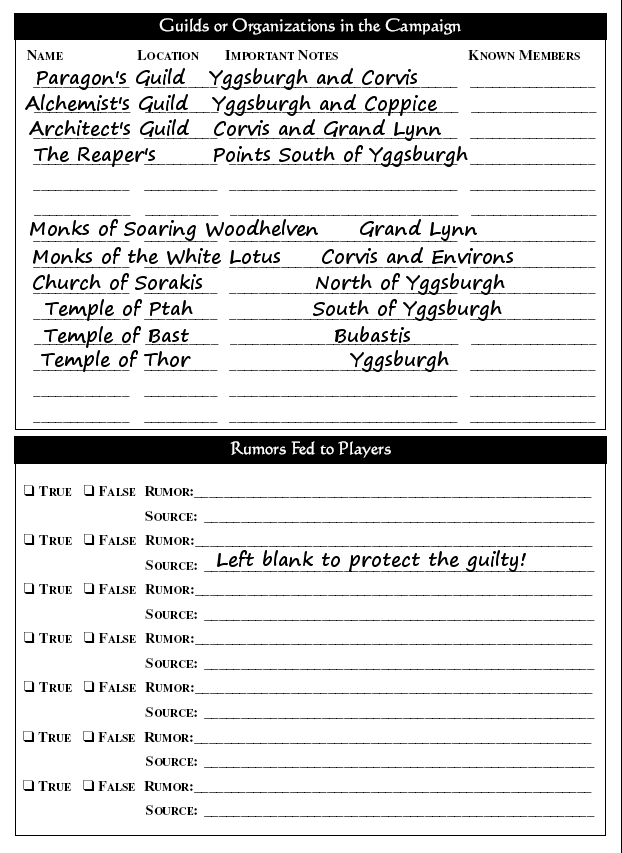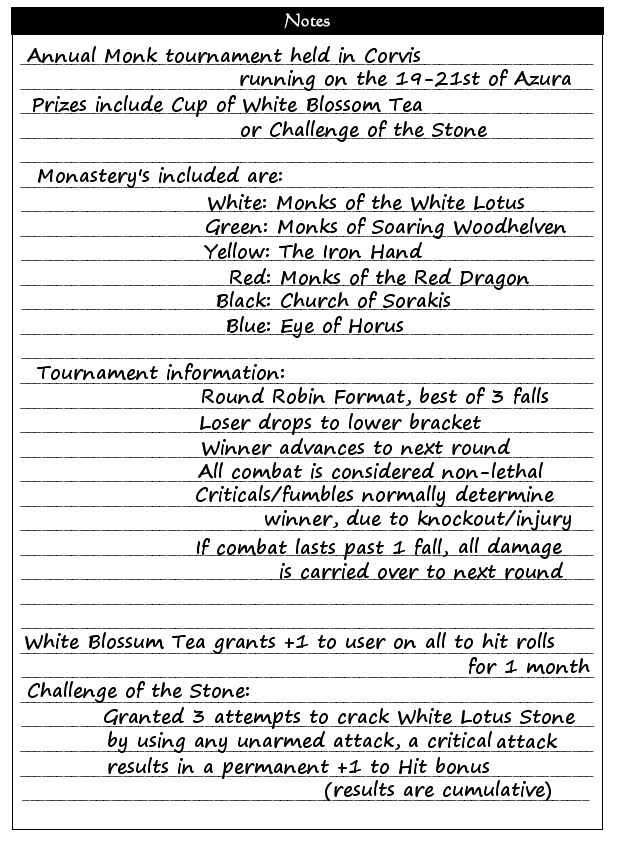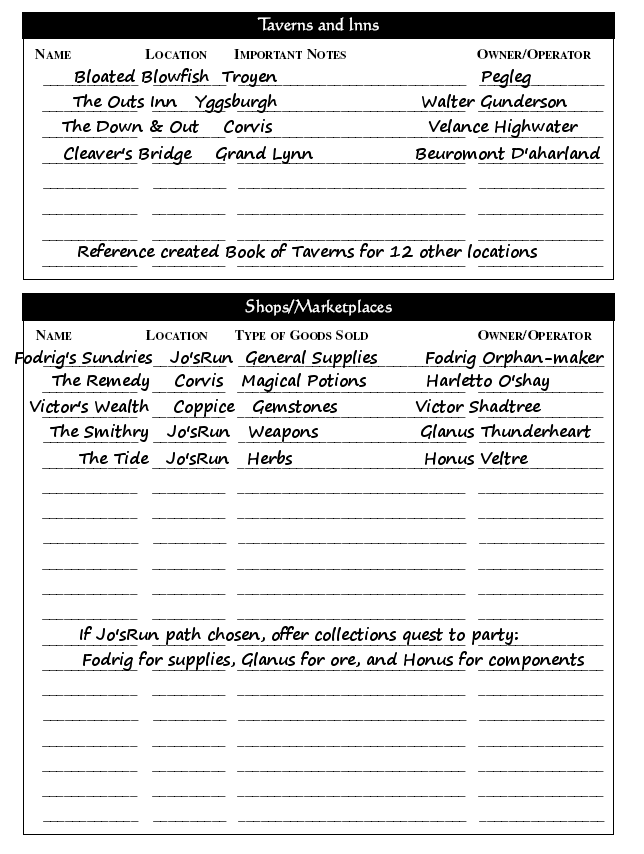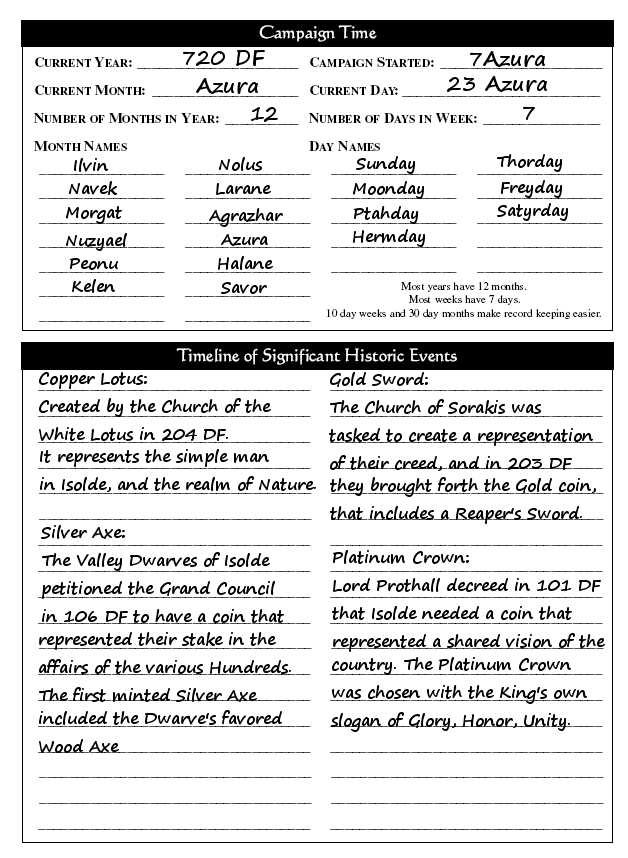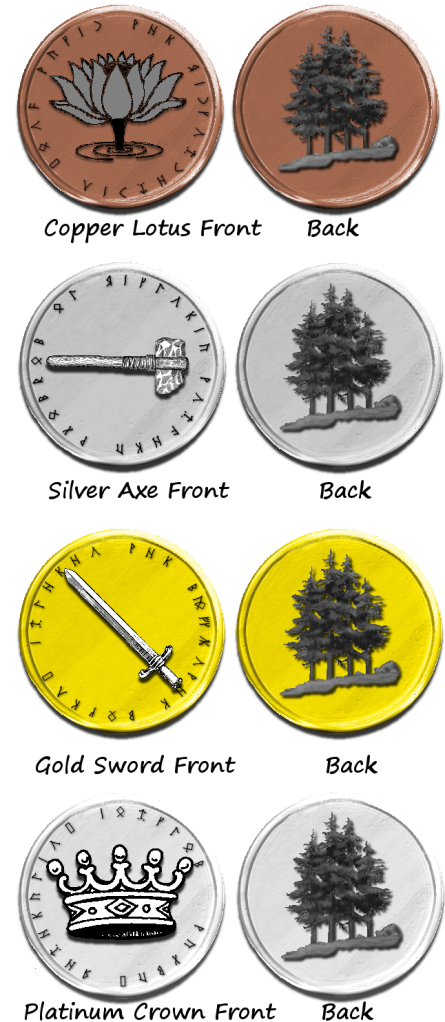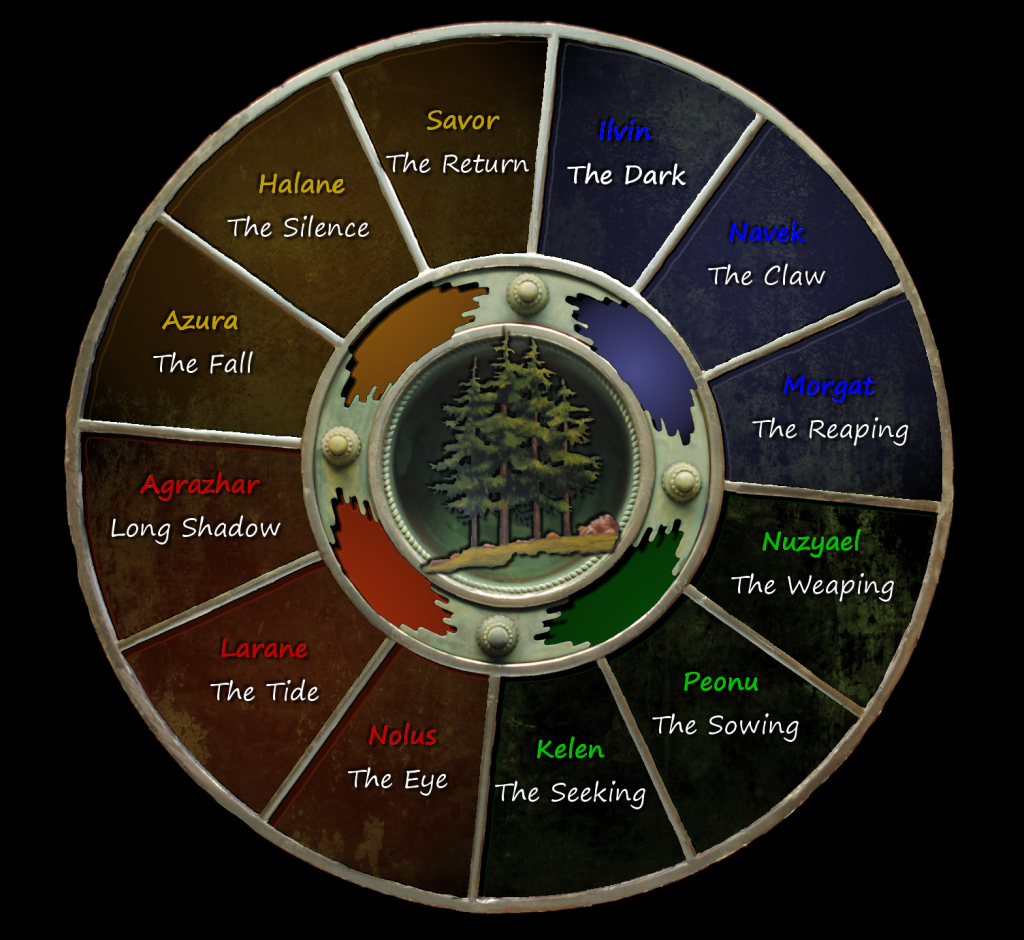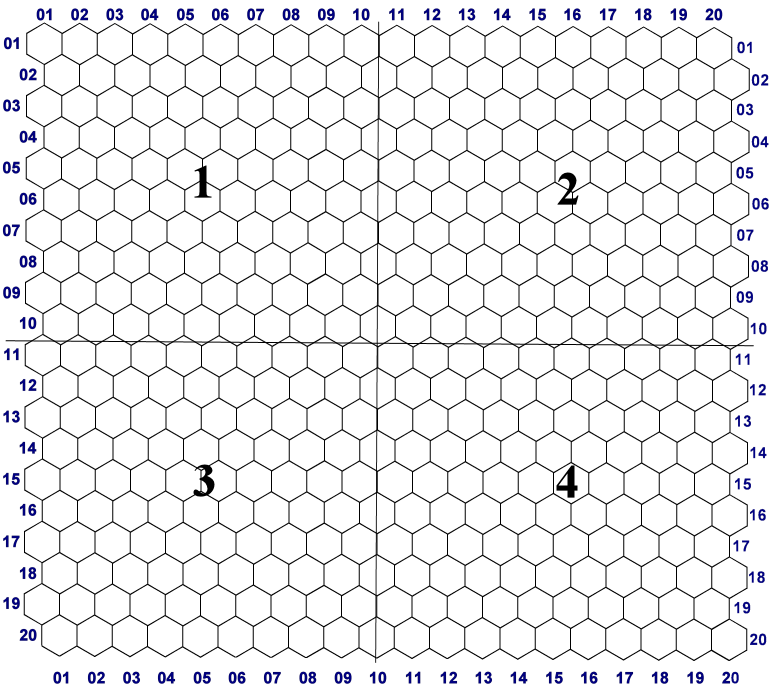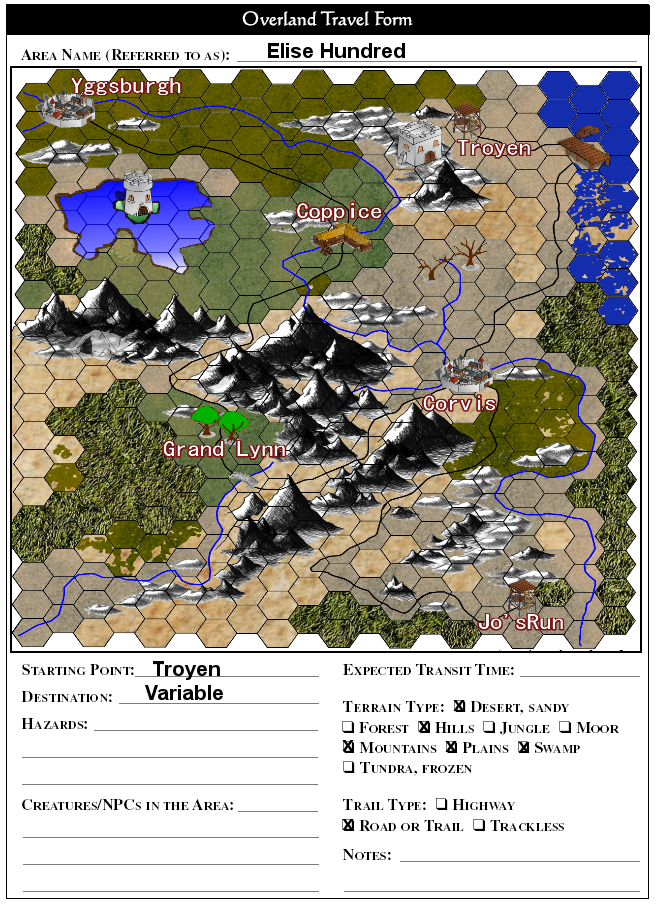In AD&D 1st Edition games, much has been written about weapons & armor, and an equal amount has been recorded for the DM that needs to flesh out a random dungeon. Gems and jewels, a precious commodity that can lighten the load of the player, and draw the eye of a resourceful thief have just one and a half pages of information. Page 25 of the Dungeon Master's Guide presents a Gem Value Chart:
VALUE AND REPUTED PROPERTIES OF GEMS AND JEWELRY
The base value of gems found in a treasure can be determined in whole or by lots of 5 or 10 stones by rolling percentile dice:
Dice Score
|
Base Value
|
Description
|
(or Size)
|
01-25
|
10 gp each
|
Ornamental Stones
|
very small
|
26-50
|
50 gp each
|
Semi-precious Stones
|
small
|
51-70
|
100 gp each
|
Fancy Stones
|
average
|
71-90
|
500 gp each
|
Fancy Stones (Precious)
|
large
|
91-99
|
1,000 gp each
|
Gem Stones
|
Very large
|
00
|
5,000 gp each
|
Gem Stones (Precious)
|
huge
|
Value of a gem depends upon its type, quality and weight. A huge semiprecious stone - carnelian, for example - is worth as much as an average gem stone, quality being equal. Size may vary from stone to stone, a 50 g.p. ornamental stone being of above average size, while a 50 g.p. gem stone would most likely be very small.
|
This is a quick and simple procedure and gives basic results. The one thing to stress here is that two rubies; one of huge quality and another of small quality can indeed be at the opposite end of the spectrum for value. As well, do not discount choosing a few stones for your campaign that are extremely rare, yet very small. Not every gem stone that is huge has as much value as say a Carbanado Diamond. Pyrite is one such example, wherein a huge chunk weighing several pounds might fetch a couple hundred gold pieces, while that same Diamond that weighs scant ounces fetches five hundred times that amount. Thus, page 26 details an additional chart that gives a DM the chance to roll a D10 for each gem he's created and see if it has gained or lost value.
Die
|
Result
|
1
|
Stone increases to next higher base value; roll again ignoring results above 8. Stones above 5,000 gold piece value progress as follows: 10,000 GP, 25,000 GP, 50,000 GP, 100,000 GP, 250,000 GP, 500,000 GP, and 1,000,000 GP - the absolute maximum. No stone may increase beyond 7 places from its initial base value.
|
2
|
Stone is double base value. Do not roll again.
|
3
|
Stone is 10% to 60% above base value. Roll d6 to find new value. Do not roll again on this table.
|
4-8
|
Base value shown is unchanged.
|
9
|
Stone is 10% to 40% below base value. Roll d4 to find new value. Do not roll again on this table.
|
0
|
Stone decreases to next lower base value; roll again on this table, ignoring any result below 2.
Stones below 10 gold piece value are: 5 GP, 1 GP, 10 SP, 5 SP, and 1 SP.
No stone may decrease beyond 5 places from its initial base value.
|
When base value only is known, use the table above, and roll for each stone. Stones for which a 1 or a 0 is rolled must be diced for again on the table, but all others are excluded from such rolls. If large numbers of stones are in question, it is suggested that they be diced for in groups in order to make the process less time-consuming.
|
Granted, these charts have more than enough detail for the average DM, and I myself have spent hundreds of hours using them to fill out more hoards and troves than I care to remember. To finish out this section, a list of four finished tables was presented. It's broken down for the DM to use as an example – or if he chooses – he may use them to quickly roll up what he needs.
Ornamental Stones
|
Fancy to Precious
|
Azurite: Opaque, mottled deep blue
Banded Agate: Brown, blue, red, and white stripes
Blue Quartz: Transparent pale blue
Eye Agate: Gray, white, brown, blue, and green circles
Hematite: Gray-black
Lapis Lazuli: Light or dark blue with yellow flecks
Malachite: Striated light and dark green
Moss Agate: Pink, yellow-white w/gray-green markings
Obsidian: Jet black
Rhodochrosite: Light pink
Tiger Eye Agate: Rich golden brown w/dark striping
Turquoise: Aqua w/darker mottling
|
Amber: Transparent golden (100 gp)
Alexandrite: Dark green (100 gp)
Amethyst: Purple crystal (100 gp)
Aquamarine: Pale blue green (500 gp)
Chrysoberyl: Green or yellow green (100 gp)
Coral: Pink to crimson (100 gp)
Garnet: Deep red to violet crystal (100-500 gp)
Jade: Light to dark green or white (100 gp)
Jet: Deep black (100 gp)
Pearl: Pure white, rose, to black (100-500 gp)
Peridot: Olive green (500 gp)
Spinel: Red, red-brown, green, or deep blue (100-500 gp)
Topaz: Golden yellow (500 gp)
Tourmaline: Pale green, blue, brown, or red (100 gp)
|
Semi-Precious Stones
|
Gems and Jewels
|
Bloodstone: Dark gray with red flecks
Carnelian: Orange to red-brown
Chalcedony: White
Chrysoprase: Translucent apple to emerald green
Citrine: Pale yellow brown
Jasper: Blue, black to brown
Moonstone: White w/pale blue hue
Onyx: Black, white, or bands of both
Rock Crystal: Clear, transparent
Sardonyx: Bands of red and white
Smoky Quartz: light gray, yellow, brown or blue
Star Rose Quartz: Smoky rose w/white star center
Zircon: Clear pale aqua
|
Black Opal: Dark green w/black mottling/golden flecks (1,000 gp)
Black Sapphire: Rich black w/highlights (5,000 gp)
Diamond: Clear blue-white, rich blue, yellow, or pink (5,000 gp)
Emerald: Brilliant green (5,000 gp)
Fire Opal: Fiery red (1,000 gp)
Jacinth: Fiery orange (5,000 gp)
Opal: Pale blue w/green and gold mottling (1,000 gp)
Oriental Amethyst: Deep purple (1,000 gp)
Oriental Emerald: Bright green (5,000 gp)
Oriental Topaz: Fiery yellow (1,000 gp)
Ruby: Clear to deep crimson red (5,000 gp)
Sapphire: Clear to medium blue (1,000 gp)
Star Ruby: Translucent ruby w/white star highlights (5,000 gp)
Star Sapphire: Translucent blue w/white star highlights (5,000 gp)
|
While these are good examples of what sorts of gems your campaign and players may encounter, they leave a lot to be desired when it comes to having a large list of gems and stones with enough information to choose from. To that end, I've compiled a set of tables that any DM can use to fill out their caches and hordes. The secret with these tables is they have been designed to be used by how much detail you the DM needs. You just want a quick Gem name to throw out for that pickpocket attempt? – done. You need a specific class of gem, perhaps a Garnet or Opal, and want to choose it from a categorized list? – done. You want to be able to roll a couple Percentile Dice and 2 D20's to randomly select a couple gems from a larger combined list of over two hundred different stones? – done.
While this does NOT include every type of stone – I have left off minerals like Feldspar – it should enhance any game wherein the DM or player needs more information about that gem they just found in that dead Orc's glove. Uploaded to my 4Shared account is a pdf detailing the Gem tables I've created.
Example:
Prior to the session beginning, you've rolled a 5 (3D8) on the Gems Sub Table. Then cross-indexing the Beryl Class chart, you rolled a D10 and rolled a 1. Wait a minute!, it says Emerald. Is that a typo? As I previously mentioned, no, but let's move on to the treasure portion of an example gaming session, wherein the player's have just defeated 6 Orc's and an Ogre. After searching the bodies, they find a glove that jingles when the thief moved it. He tips the contents into his hand and:
“You find 25 coppers, 4 silvers and a small green stone” the DM replies.
“Cool, we'll stash it for later and check it out back in town”, the Cleric surmises, thinking the gem might be used for a tithing to his church.
Later, at the local magic shop (substitute a Gem Store complete with Gemologist and/or Lapidary - if you'd like), the party has the gem appraised.
“Ah, you've found a very interesting stone my friends... (runs a few quick tests) ...this is a Beryl Emerald”.
“Whew-hew” cries the fighter, “drinks are on me!”.
“Not so fast my friend, this is a Beryl. It's very delicate, and certainly not as valuable as a true Emerald because of its small size, but the color and ...”
“How much is it worth?” the Thief interrupts, a glint in his eyes.
“Well, fair market value – and maybe you'll find a better deal in Elise - but I'd say 130 Gold”.









